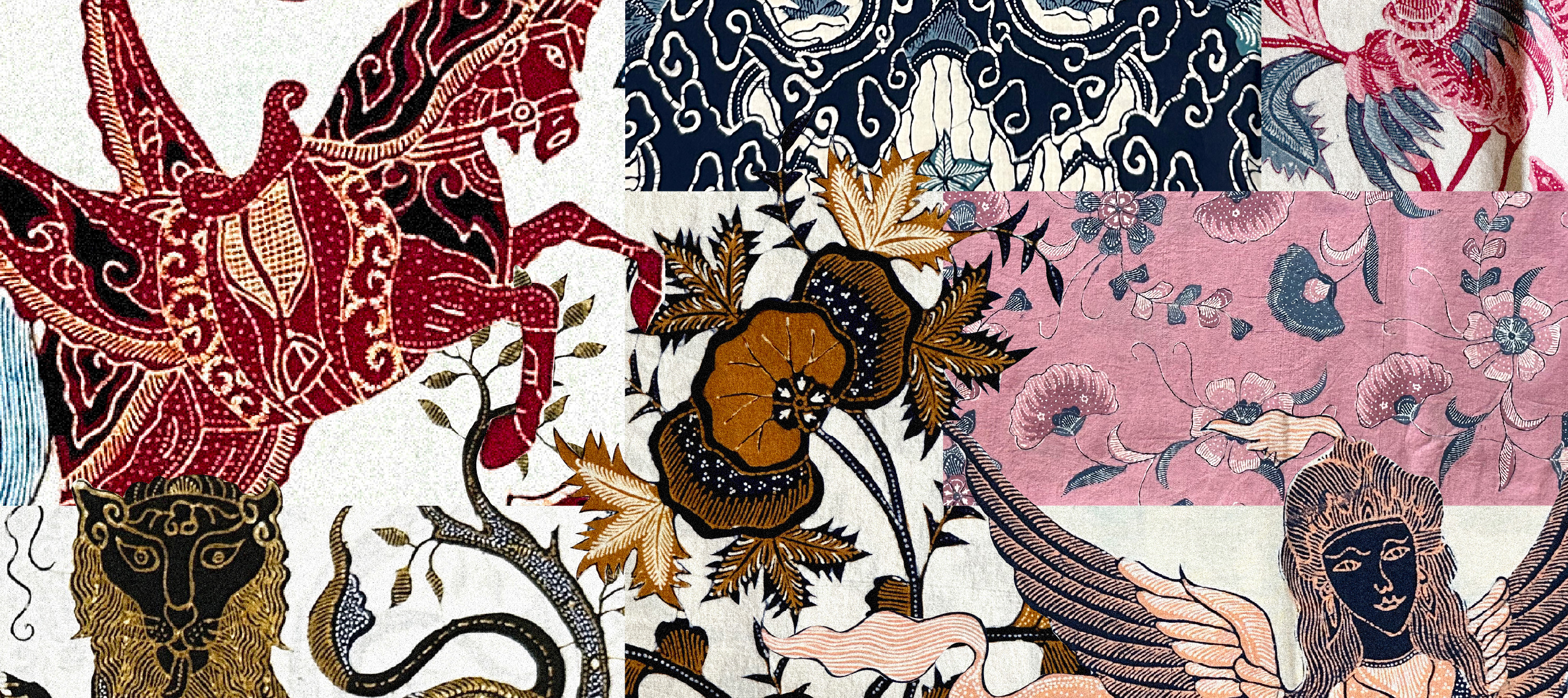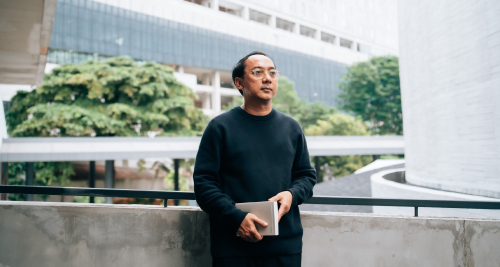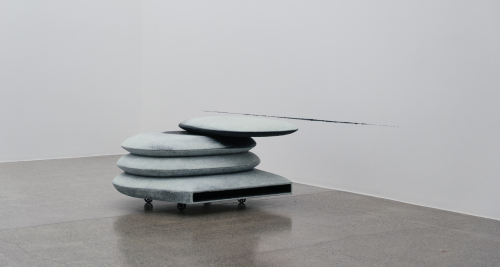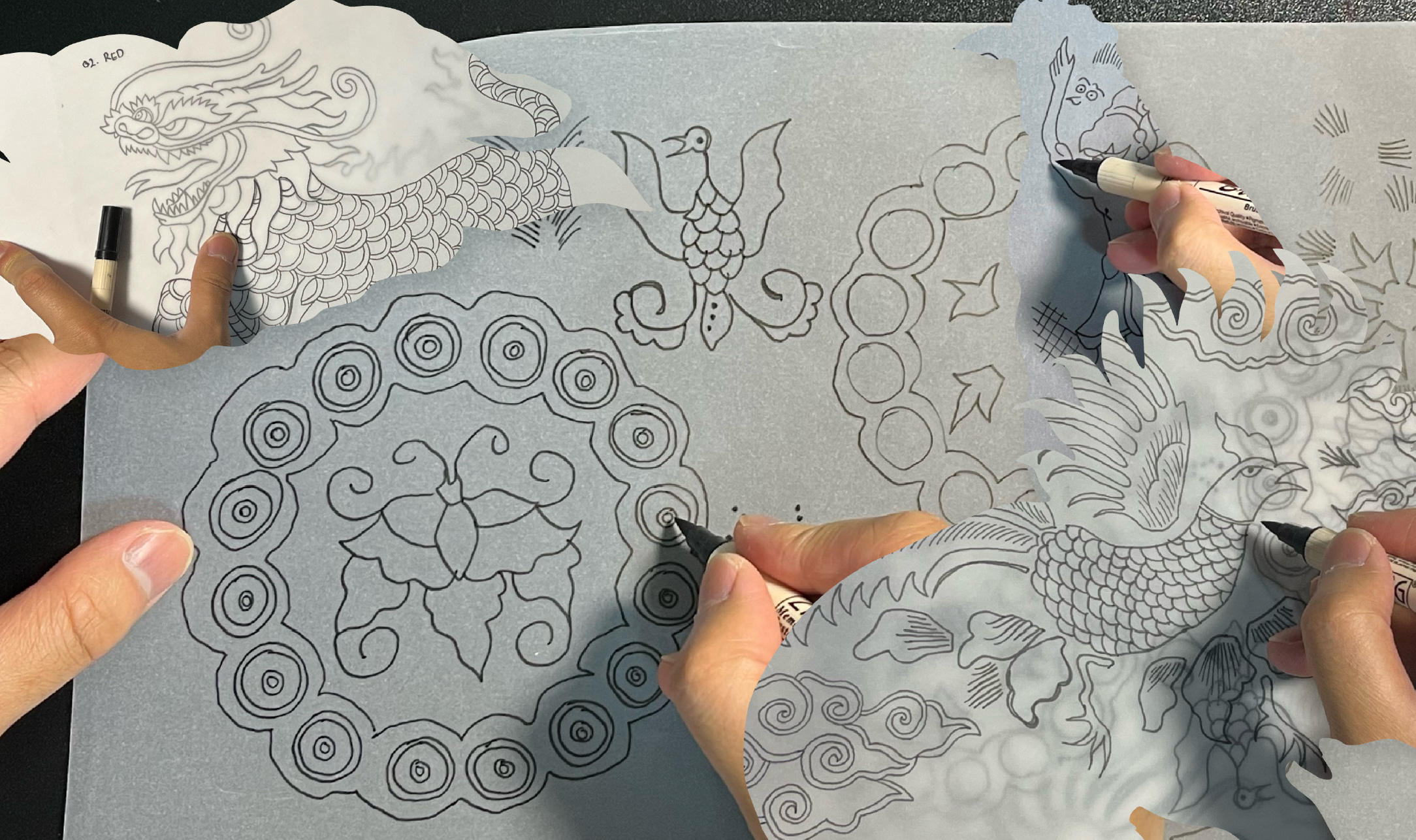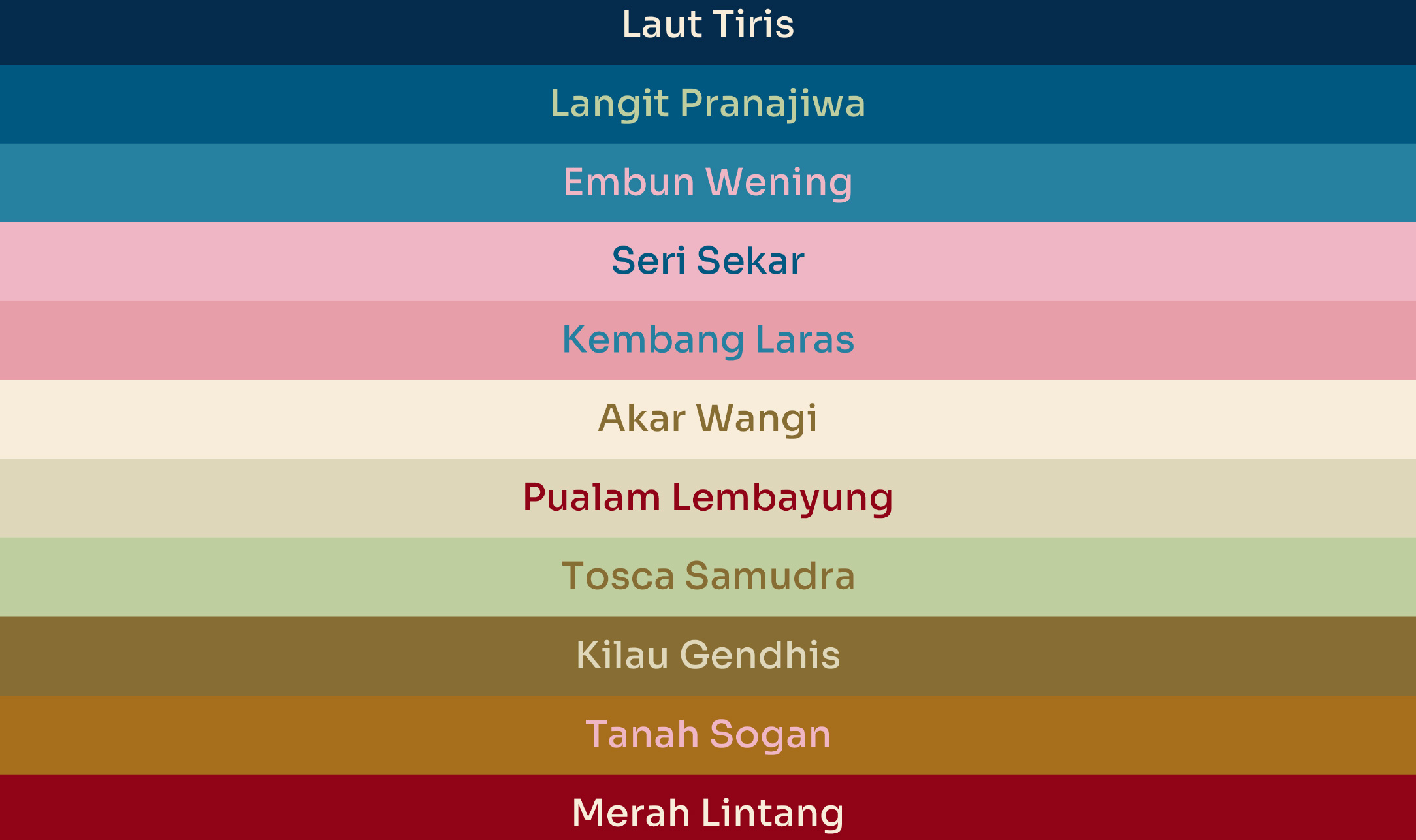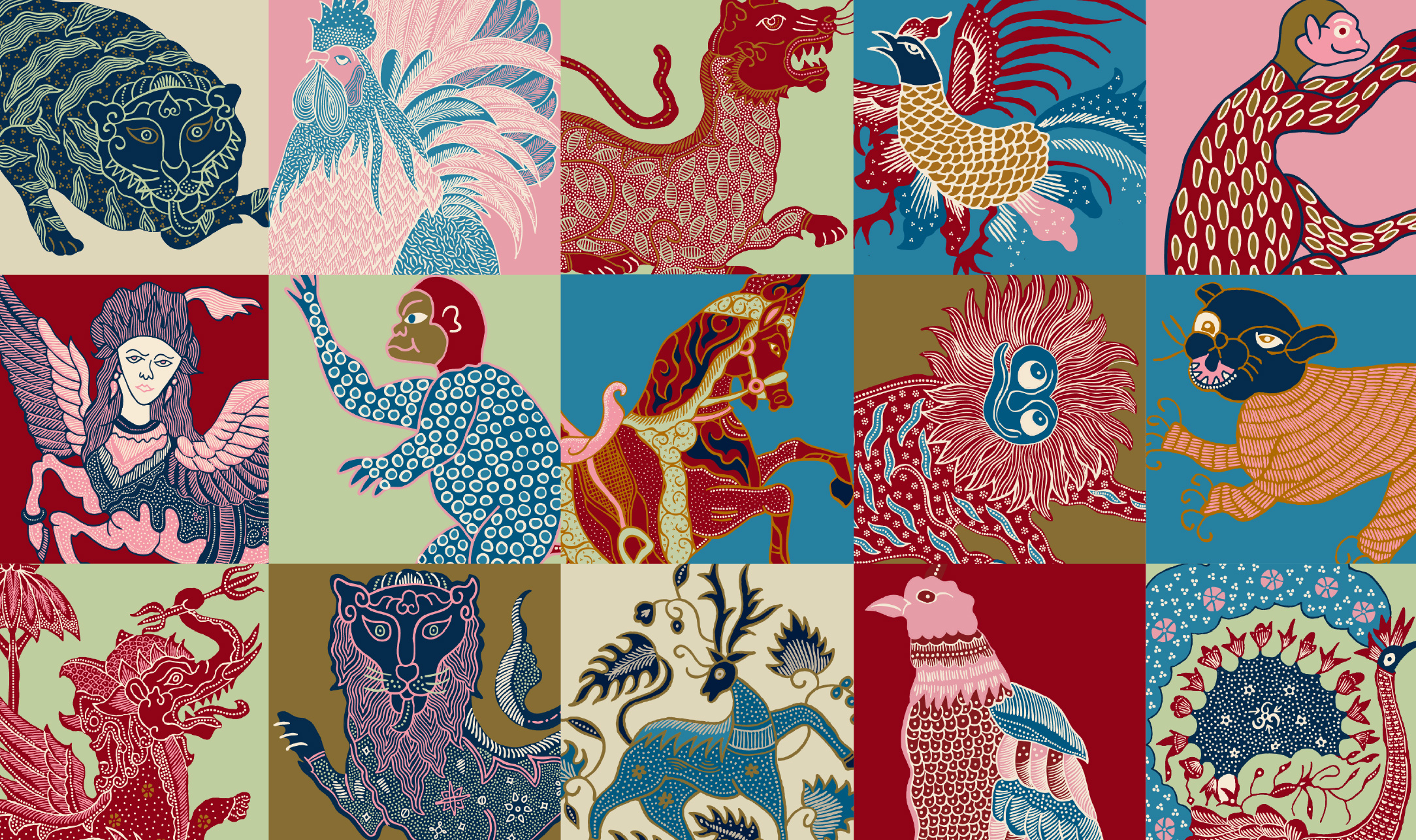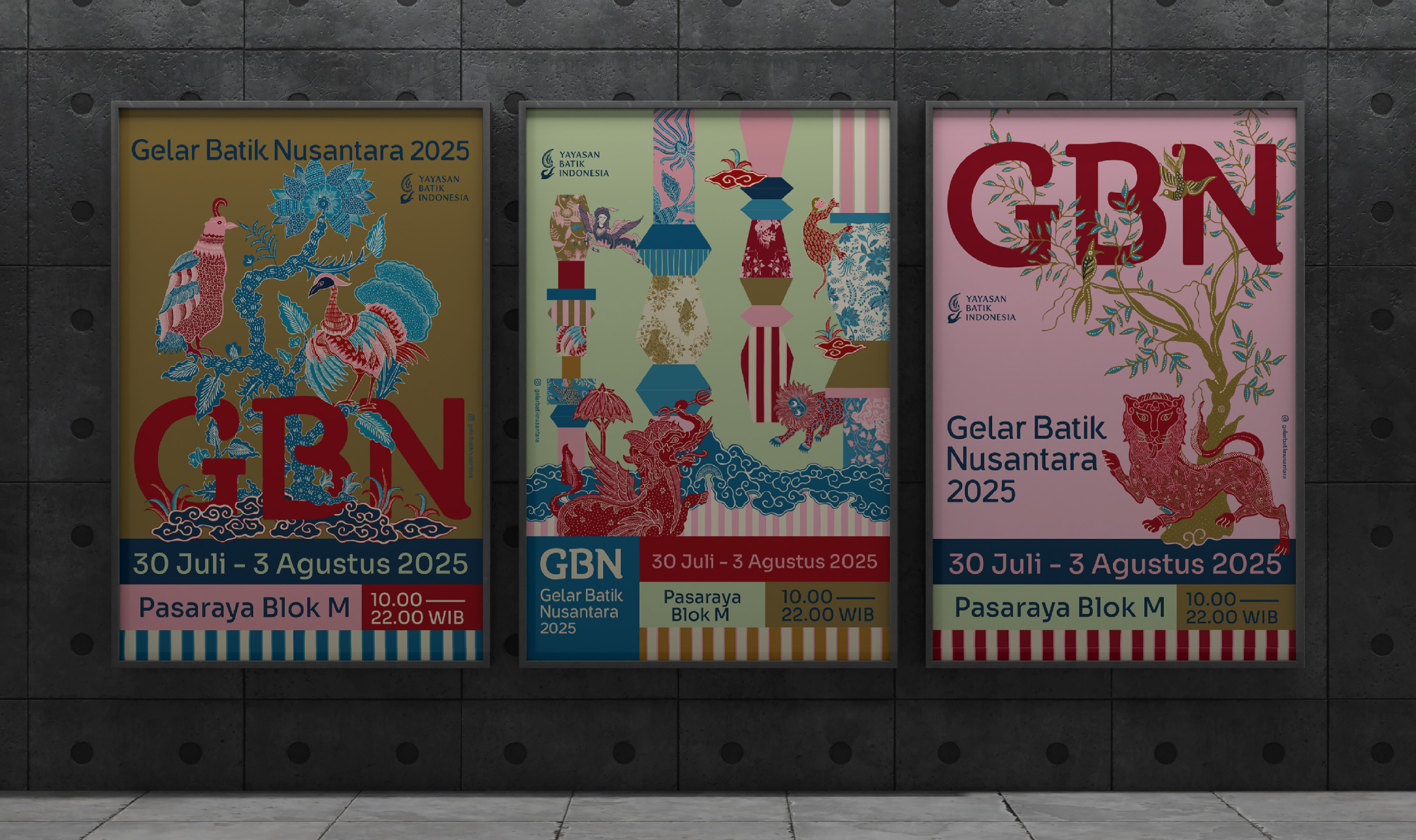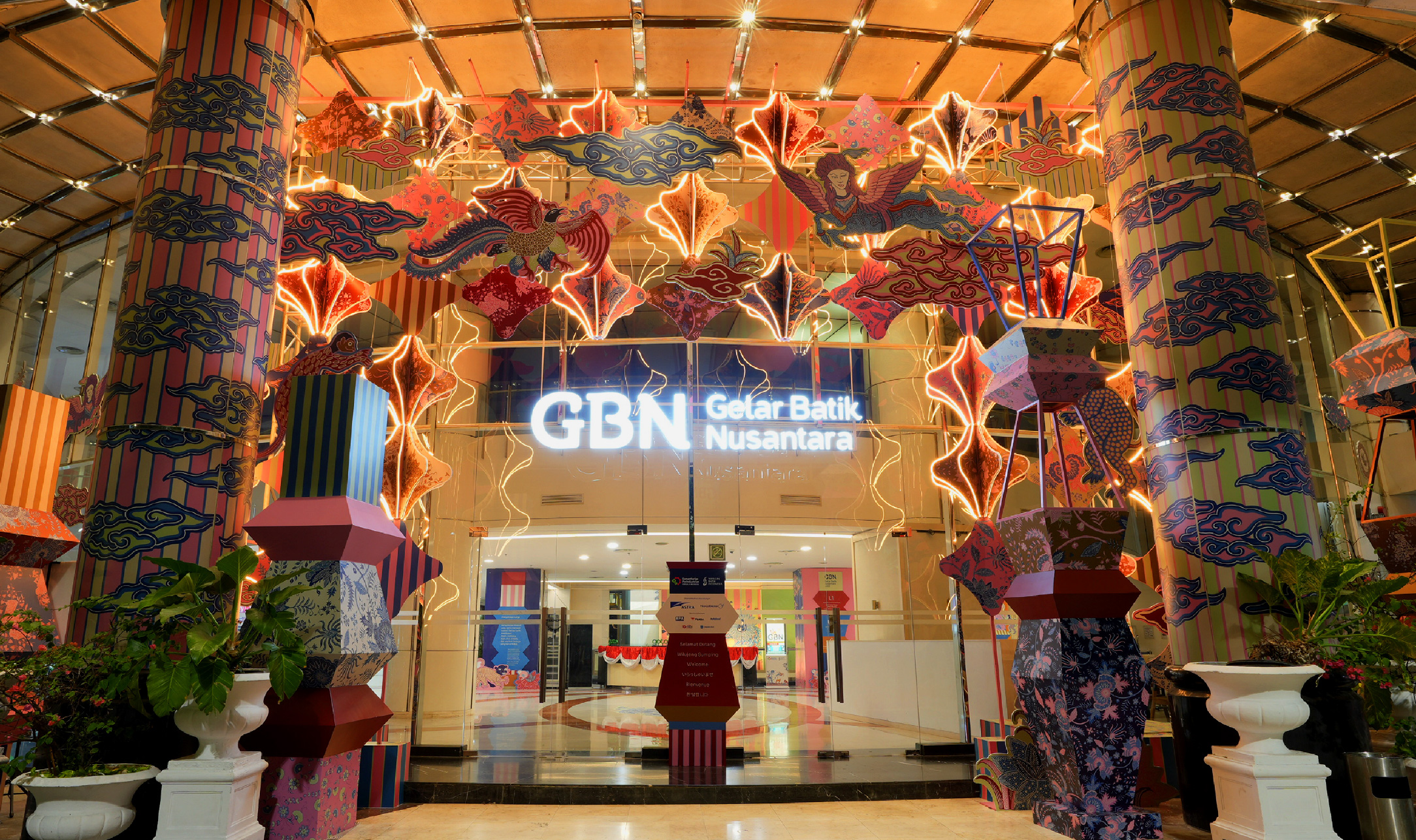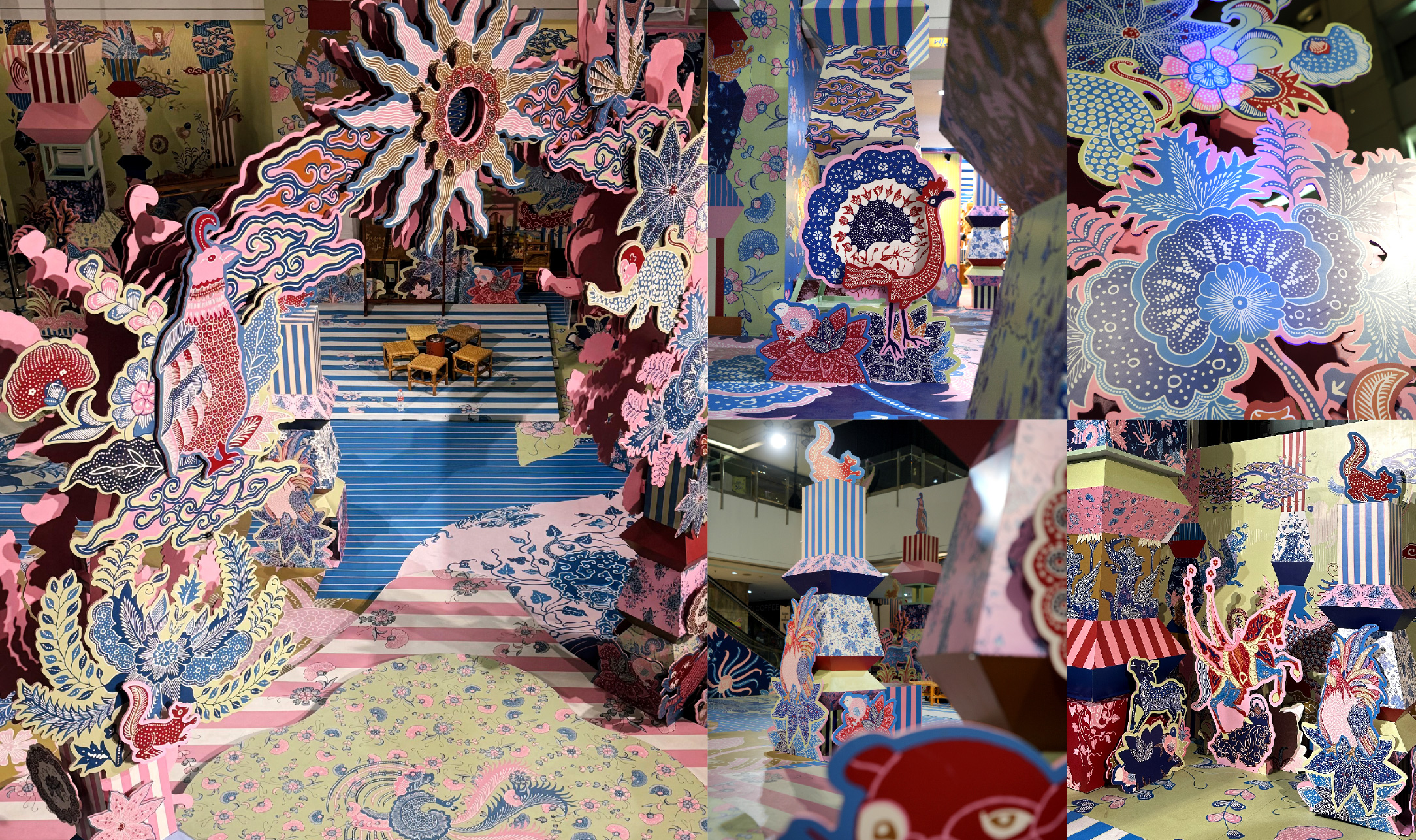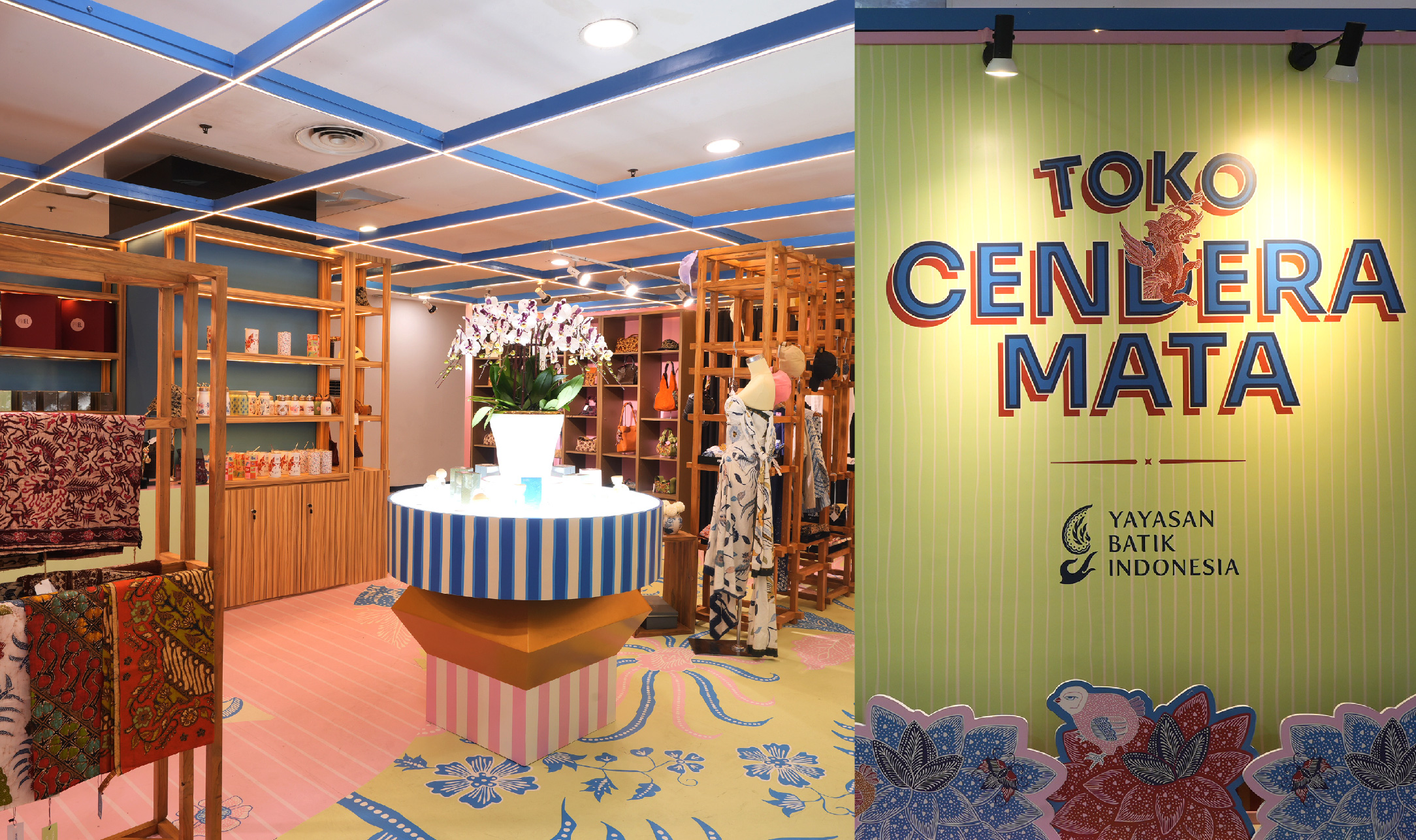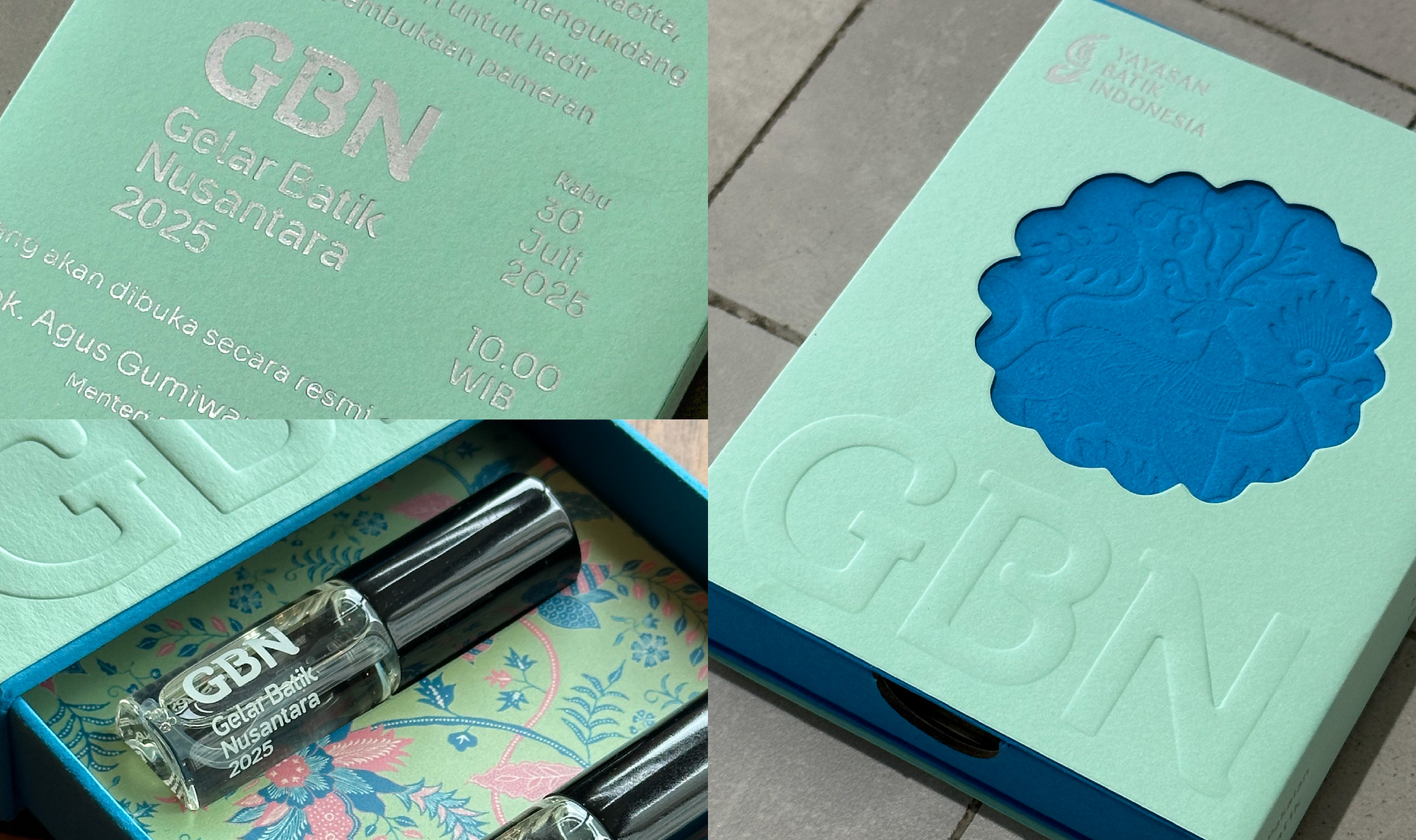Breathing New Life into Batik: Mata Studio and Gelar Batik Nusantara
The act of preserving tradition demands a deep understanding of one’s audience, as their gaze guides the production of their form. Tradition survives through constant hybridisation, which has made it a rare occasion to encounter tradition in a purist (read: original) manner. We now consume, participate and witness culture as a ‘public’, where the given ‘tradition’ has been uprooted and undergoes a change in its form, function and materiality to be expanded for a general audience.
Design, in this case, emerges as one of the many mediums pivotal to preserving Indonesian tradition. Through logos, research and zine publications, it breathes a new life through the imposition of an aesthetic, or a visual language and system. To engage in this work requires a balance of interests, as the designer(s) must find a halfway point between their client, themselves, and the greater public, whilst tending to the ‘rules’ amongst their practices in graphic design and the given tradition. The task is large but there are cases of success. Amongst the many, Mata Studio rises to the challenge of seamlessly adapting Batik Cirebon into Gelar Batik Nusantara’s visual design.
From 30 July to 3 August 2025, Yayasan Batik Indonesia (shortened as YBI, translated to Indonesia Batik Foundation) held their biannual event called “Gelar Batik Nusantara” (shortened as GBN, translated as Commemoration of Nusantara’s Batik). It is typically run as a trade show, but this year’s iteration included activations and installations. This change extended to their choice in venue, which was Pasaraya Blok M — a strategic decision to strengthen their reach towards Indonesian youth. Mata Studio had shared in our interview that YBI had always moved quietly in their mission of Batik preservation, and hinted at several grand contributions such as Batik’s status as a world heritage by UNESCO. For GBN, they wanted Batik to become more beloved amongst the young generations of Indonesians through the thematic narrative of Batik Cirebon. With that, they began the project by developing an understanding of their roots.
“Our research was quite limited in terms of time, but we managed to get a lot of support from YBI, most especially from one of YBI’s board members Pak Komar, who owns an established Batik Studio in Bandung. He knew a few people in Cirebon and put us in touch with them who were actively involved in the production of Batik Cirebon. This allowed us easy access to their archives (of past work). To strengthen this, Dio, our Art Director, had also dug through YBI’s digital catalogs.” Mata Studio’s Founder Agra said about their research process.
“Did you know that YBI did not only donate 489 Batik pieces to a museum in Pekalongan, but they had also digitised that specific collection into Google Arts & Cultures? The digital archives were extremely helpful and acted as a “crash course” for us to understand the Batik motifs and patterns. We also had to learn about the history of Cirebon itself, and discover that the city’s coastal position had brought its transformation into a port. This had brought a lot of traders to enter and exit Cirebon, and they came from China, and the Middle East and sometimes even Europe. They had brought their own cultures with them and so everything naturally amalgamated, and this accumulation of cultures was manifested through Batik Cirebon.” He continued. Throughout the first half of this interview, Agra presented their references and pointed out the different nuances embedded in the Batik’s design. Each slide was a “breakdown” of elements distinct to the characteristics of Batik Cirebon (against its Central Javanese counterparts), which ranged from the softness of its lines that indicated the meticulous craftsmanship to the brightly-coloured palettes and its unique motifs that were a homage to the multicultural history. We were moved by their treatment of the material, and noted that this translates into their design of GBN’s visual identity.
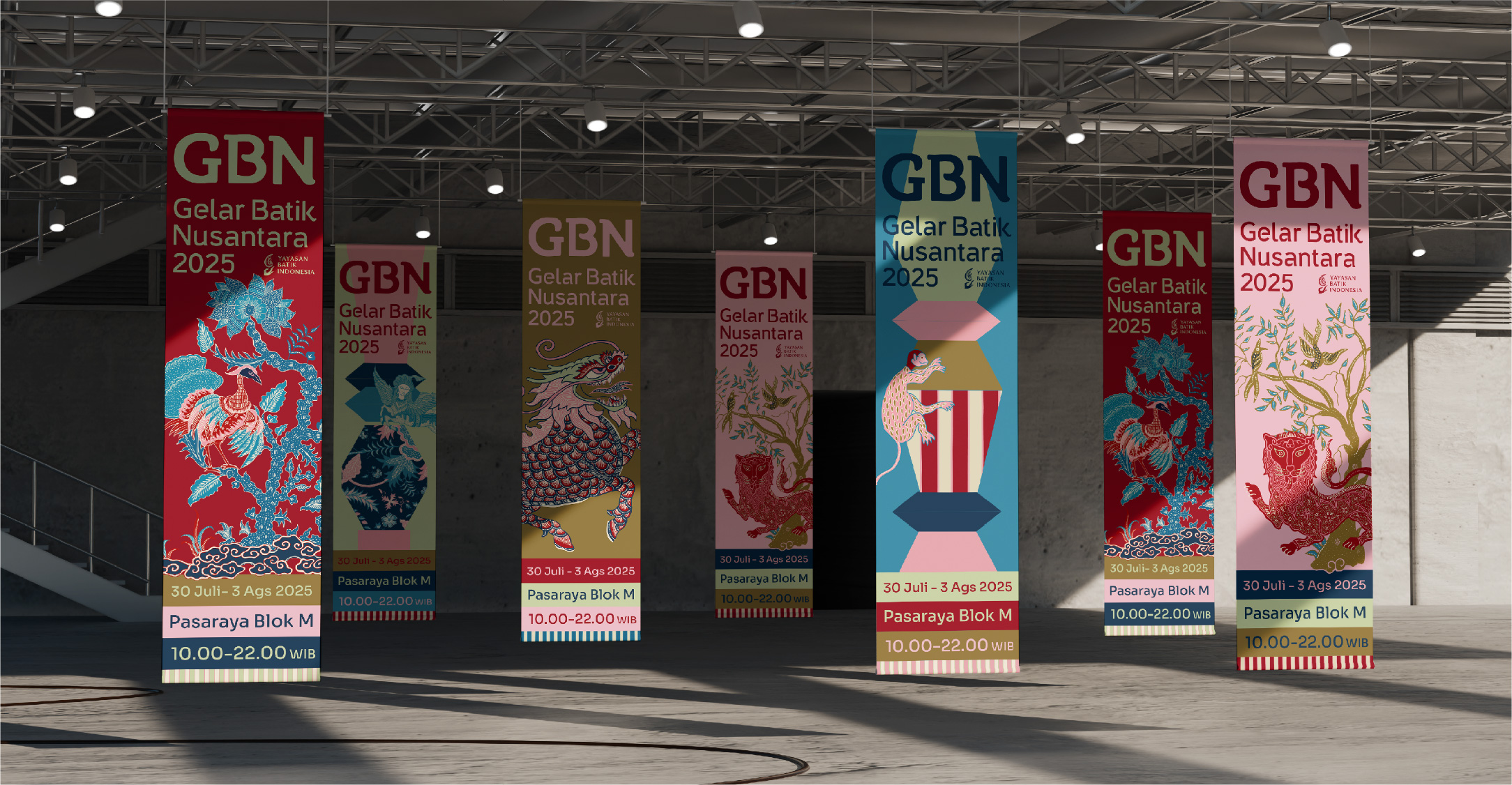
“Dio and the creative team curated these elements and took it upon themselves to decide which could be inspiring for GBN’s design. We, then, redrew and digitised these materials to become assets,” Agra said as he switched in-between slides. Research becomes an important step to develop their own understanding of the vast materials, and curate the catalogs towards their specific taste and vision; ultimately, these references are materialised into key graphic design elements. Agra listed their inspiration: the blue-and-white palette of Chinese influenced Batik Cirebon prints accompanied by Qilin, as well as other ‘foreign’ motifs such as other mystical creatures such as the Quranic Buraq and Keraton’s Singo Barong. However, they retained their rootedness in Cirebon by abstracting the earthy colours of Cirebon to pay homage to Batik’s homeland, which shaped the key colour palette of GBN’s visual identity. Together, they all make up the overarching identity, and are dispersed and visible in official GBN logos and posters. “We use these motives repeatedly, and it must be understood that they are used figuratively,” Agra clarified. “Our goal was to incite the audience’s curiosity through the motifs, and hopefully that spark of interest can lead them to learn about the actual motif. I hope they search, and look up its origins, and form a more in-depth study of their histories, and from there, they can study more about other Batiks in Indonesia. Nonetheless, this process is triggered from Batik Cirebon (as a beginning point).”
Mata Studio took a step further in their work to enliven these elements of Batik Cirebon spatially, and enlivened them throughout the venue of the GBN event. Together, they worked with two architects Catharina and Novia and a contractor to ensure that the visual identity is incorporated in the visitor’s line of sight, creating a constant awareness of Batik Cirebon and GBN. The team made sure that their placement of certain graphic elements (such as logo and colours) are visible through decor, as well as within the exhibiting booths. They had also created several installations at the event to ensure that there is a sense of closeness that tethers the audience to GBN’s universe. “It was challenging to transform the 2D into the 3D.” Agra admitted to the process, and he shared that it was their long-time collaborators that had made this possible, as they had filled the ‘gaps’ of spatial expertise.
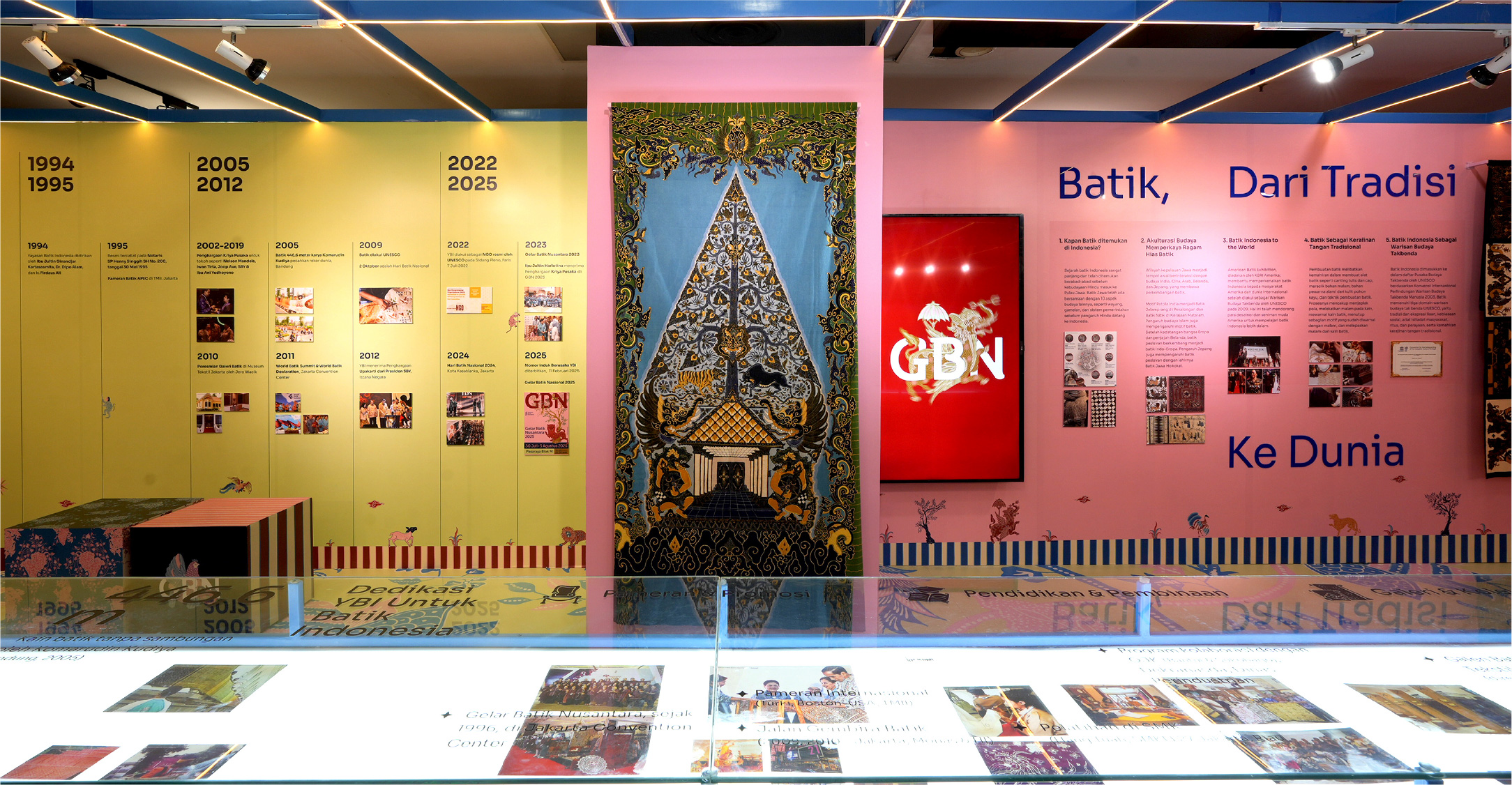
Having an installation allowed more public engagement, since its design allows a tangibility for them to interact with their materialisation of Batik Cirebon. By presenting Batik in a visceral sense, Agra referenced his friends’ comment that it allowed them to take selfies. He shared that the success of these installations doesn’t directly translate to sales made, but it allows people to directly encounter a piece of traditional culture and hopefully, excite and inspire them. In fact, he felt that he had achieved this mission when he saw women, children, the elderly, and even Japanese foreigners interact with the different installations across GBN. “It made me happy to see them take their selfies!” He gleefully remarked. “I personally really, really like this project. We (the team) feel that we have given our all, and that we had put our entire body and soul into this and we really hope that it translates into a pleasant experience for the visitors. At the very least, it can allow for a deeper appreciation of Batik.”
There isn’t a singular path to preserving tradition, and Mata Studio’s work for GBN proved otherwise. Through design, they treated tradition not as a static relic, but as a living system that adapts, responds, and thrives through contemporary mediums. From research to installations, they demonstrated how Batik can be both preserved and reimagined. Cultural preservation, as their work shows, signifies the importance of grounding design decisions in historical research while simultaneously adjusting to the playful demands of contemporary audiences. What is embedded in the success of GBN is a story about weaving tradition into the present so it may continue into the future. In this light, design becomes not just a tool of visual communication, but an act of care: a way of carrying tradition forward, ensuring its relevance, and allowing new generations to see themselves within it.
Credits
Branding & Installation: MATA studio
Creative Direction: Agra Satria
Art Direction: Dioka Augtalio
Spatial & Interior: Catharina Darmanto & Novia Adelina
Graphic Motion: Justin Alvin & Dafy Bintang
Graphic Design team: Ivan Fatturahman, Chelsea Andrea, Aidah Rahma, Krisna Putra Utama & Sellin Marselina
Photography: Daniel Deka & Astari Basuki
